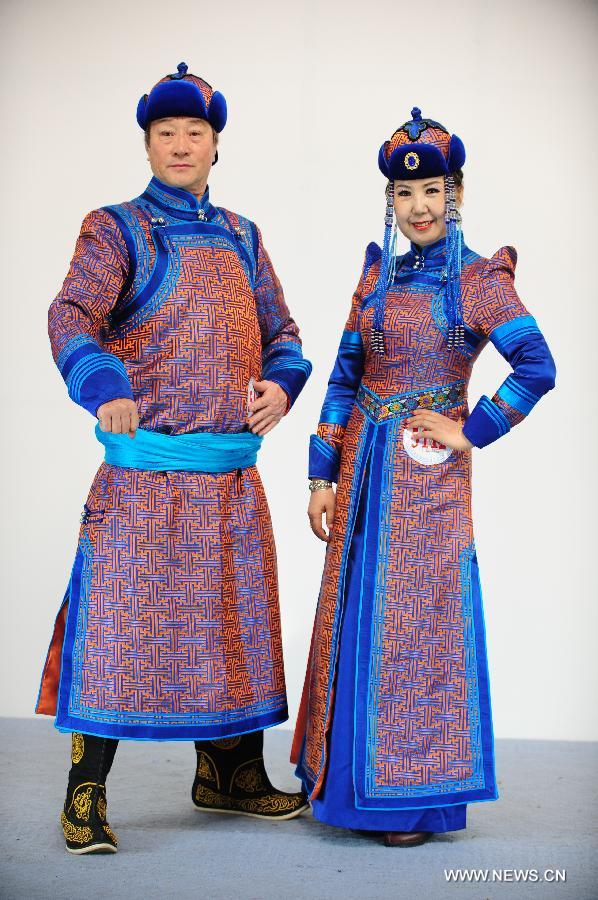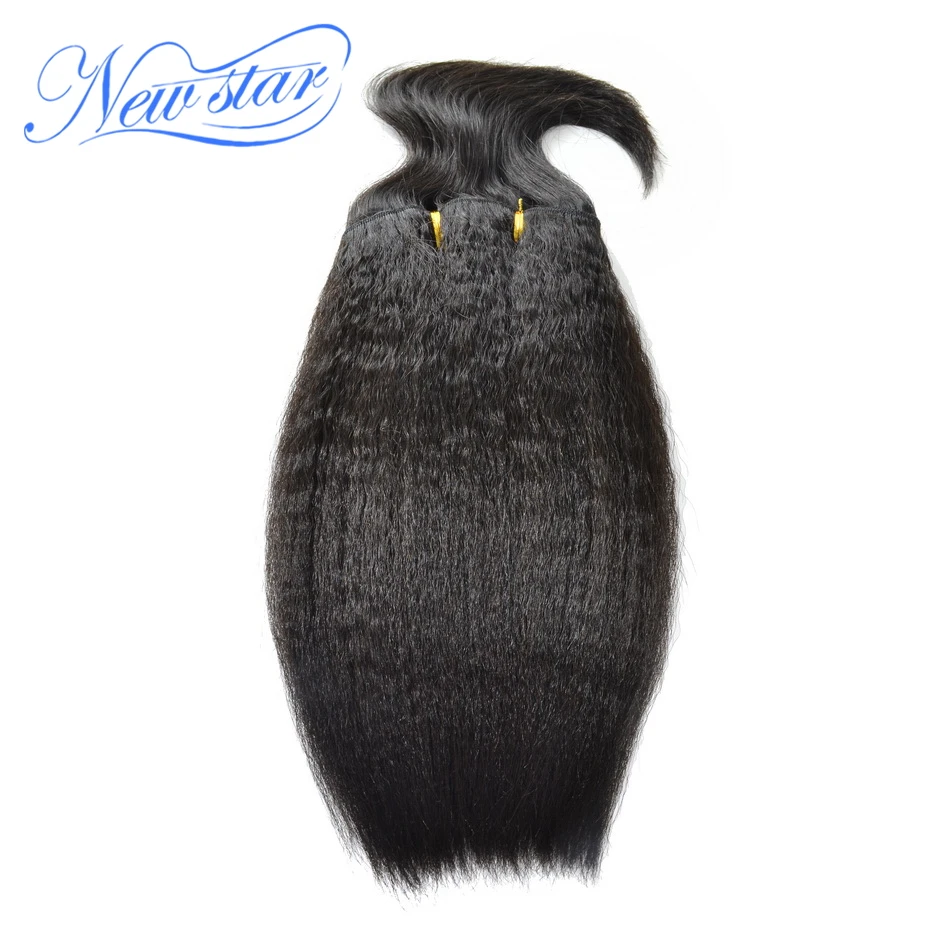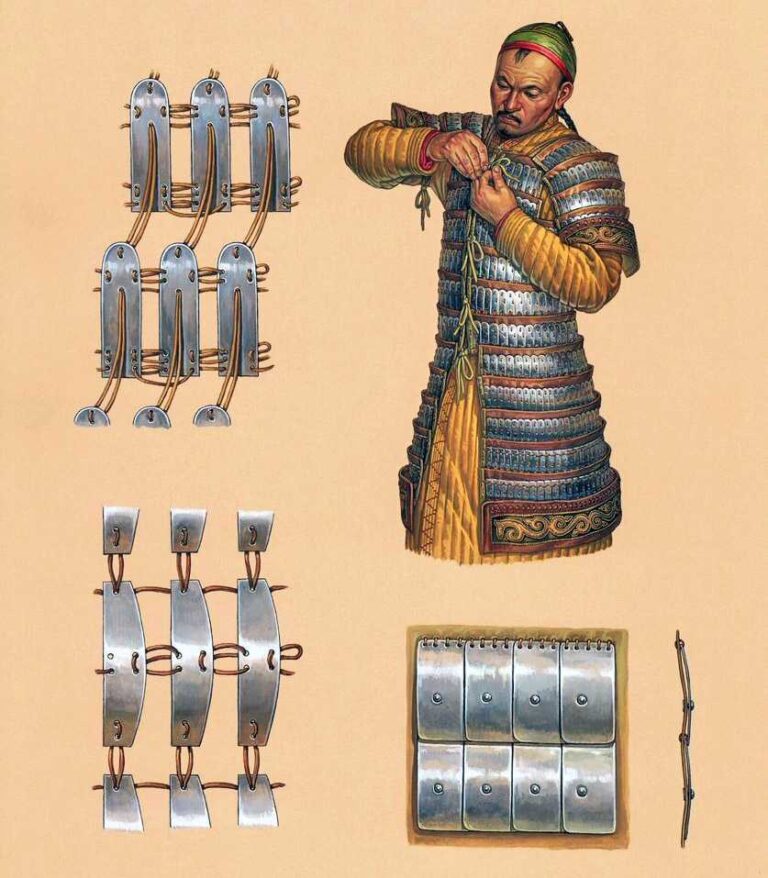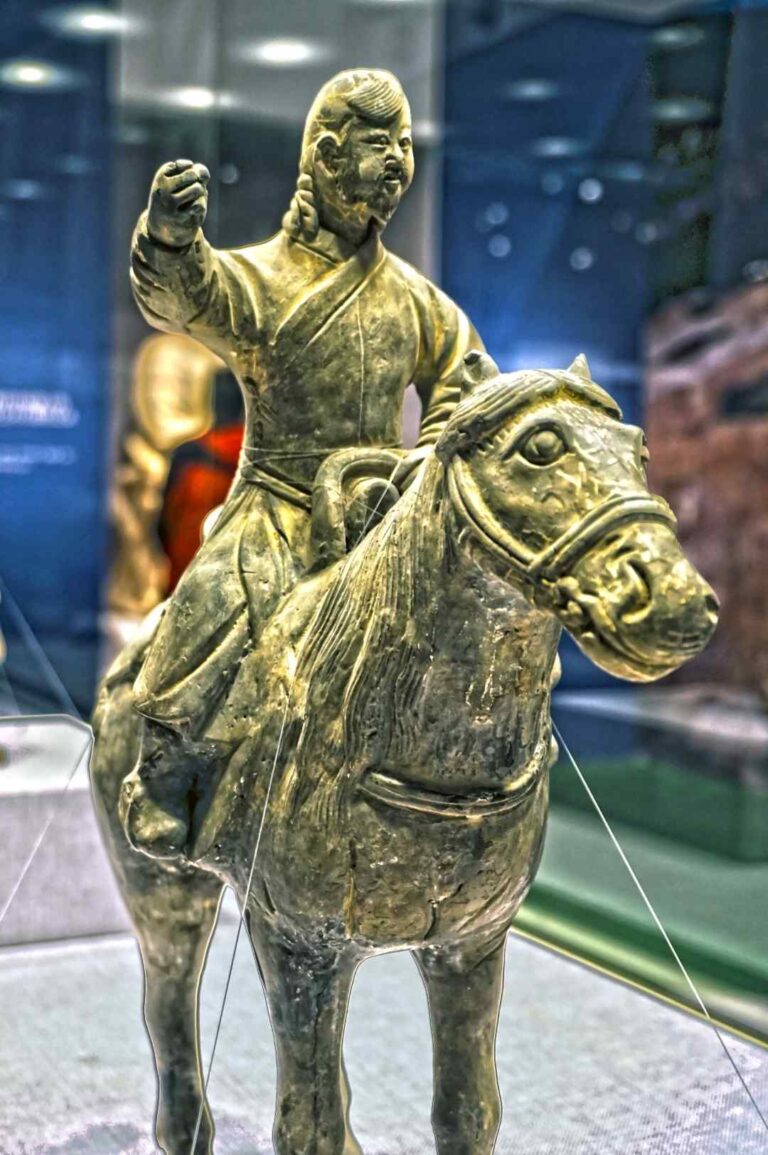Spectacular Info About Did Mongols Wear Braids Thin Hair And Bangs

The term bian, when used to describe the braid in the manchu hairstyle, was originally applied by the han dynasty to the xiongnu.
Did mongols wear braids. The idea being that silk winds up around an arrowhead and thus prevents penetration. They wore garments made from animal skins,. The queue hairstyle predates the manchus.
During the medieval period, mongolian women often wore their hair in two long braids that hung down the back. The appearance stood out dramatically to the peoples the. Have you ever noticed tibetan women with microbraids?
Jurchen people wore a queue like the manchu, the khitan people wore theirs in tartar style and during the tang dynasty, tribes in the west wore braids. Aristocrats of kidan, at mongolian empire. Men used to wear their hair pulled back in a braid.
From ancient cornrows to knotless tailbone length box braids, the history of braids is as evolving as its styling possibilities. The braids were worn in front of the shoulders and silver and coral. The acolyte costume designer jennifer bryan on creating the new sith master mask, the witches coven and how mae's purples ties to her childhood.
Similarly, women shaved the fronts of their heads upon marrying and grew the rest of. They liked to wear wide bracelets and necklaces. We'll show you who created braids, including the various histories of braids in different cultures, why they matter, and more in our guide.
Men would often divide their hair into two pigtails, each. Both men and women wore jewelry made of bronze and gold. To the mongols, hair was a symbol of honor and.
The chinese word for queue, bian, meant plaited hair or a cord. Women wore theirs in two braids covered with velvet. It encompassed vast lands where various nations coexisted and formed a unique clothing.
The hair would be divided into two pigtails, each of which. Paintings of mongols from persian and chinese sources depict men, and often women, wearing their hair in braids. These braids were sometimes woven together with colorful ribbons or thread and decorated with metal hairpins and beads.
So again, this isn't a reason the mongols specifically would have worn silk, but it is a reason why someone, generally, who is expecting to receive a combat wound, might. Even when historical styles are “quoted” in contemporary fashion shows by alexander mcqueen and john galliano, braids — even when they’re not updated or. Paintings from persian and chinese sources depict mongol men and women wearing their hair in braids.
The yuan dynasty was the first regime established by a minority group. The lock on the forehead was called kegül, while the braids behind the ears were šibülger. In fact, many of them sport the look.






















